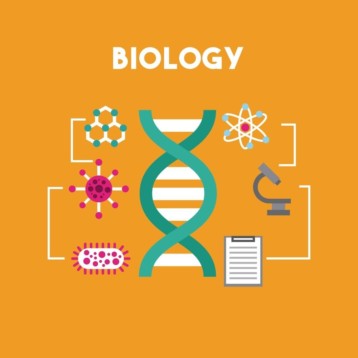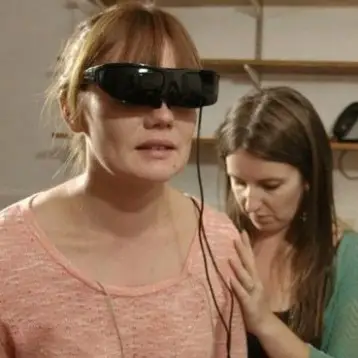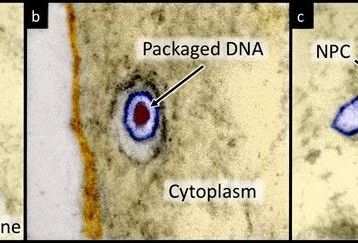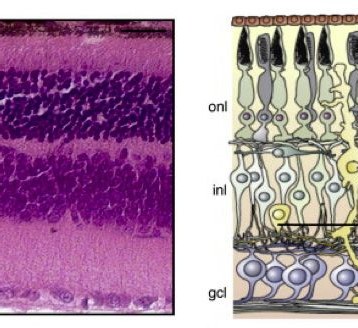|
Designed by UIUC professor of materials science Jian-Ku Shang and his colleagues, the photocatalyst consists of titanium oxide fibers doped with nitrogen to make it absorb visible light with wavelengths between 400 and 550 nanometers. Nanoparticles of palladium added to the surface of the fibers greatly increase the efficiency of the catalyst. When photons hit the titanium oxide fibers, they create pairs of negative and positive charges on the surface of the fibers. The positive charges react with water to produce hydroxyl radicals which attack bacteria. The palladium nanoparticles bond with the electrons to prevent them from repairing with the positive charges, neutralizing the reaction that creates the hydroxyl.
One of the most powerful features of the new photocatalyst is its ability to disinfect without an active light source. Fibers were exposed to light for ten hours – simulating exposure to daylight – then stored in the dark for various lengths of time. The material was still effective after 24 hours. Further tests showed the same results after even just a few minutes of exposure to light, meaning the disinfectant could be stored in the dark, exposed to light for a brief time to activate it, then effectively deployed in a body of water, factory, hospital, or other location.
The photocatalyst is an extremely effective disinfectant under any circumstances. Dr. Shang’s team placed fibers in a solution containing ten million cells of E. Coli bacteria per liter. After an hour of exposure to a halogen lamp, the solution contained only one cell of bacteria per 10,000 liters of liquid.
TFOT has previously reported on other water purification methods and related green technology including the use of buckyballs to prevent bacteria and other contaminants from attaching to pipes in water filtration plants, the Aquaduct bicycle that filters water as riders pedal it, and a new method for using blue-green algae to convert waste water into clean energy.
Read more about Dr. Shang’s new disinfectant in this University of Illinois at Urbana-Champaign press release.










